Godzilla: Japan’s Journey and Relations with the World in Recent Films
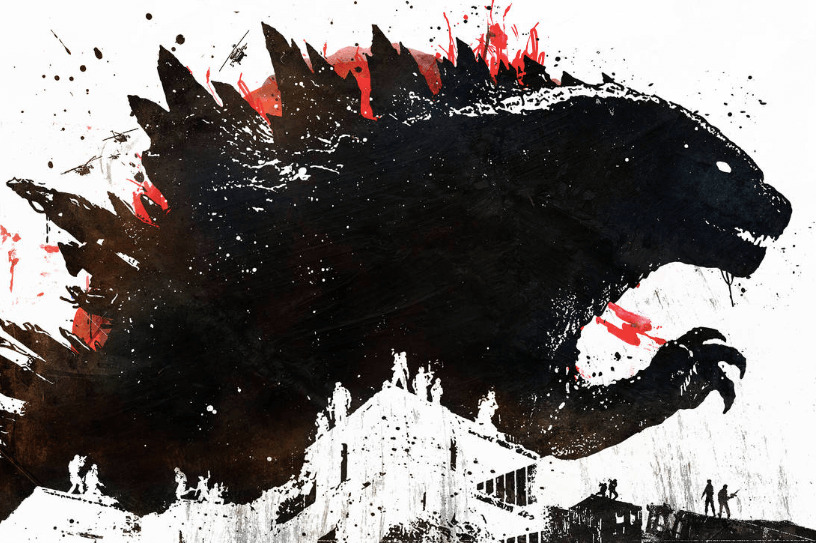
Godzilla has been brought into the limelight by recent films made in Japan. In 2016, the film Shin Godzilla was released and captivated audiences across Japan to entail a release of the film abroad. The movie takes place in Tokyo, and shows the city coming to grips with an attack from the monster. But the movie is a little different from past depictions of Godzilla attacking Japan. The movie focuses on the instrument of government in Japan with the main character being part of the government tasked with acting in response to the attack from Godzilla. Japan’s relationship with the United States and the rest of the world are on display within the film as Japan responds.
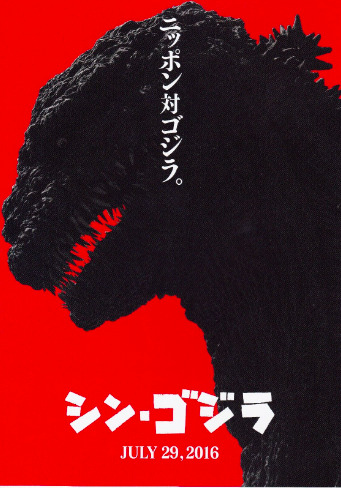
In 2023, another movie entitled Godzilla Minus One was released. Distinct from the 2016 movie, the film goes into the past and looks at Japan’s post-war period. The movie brings to the surface several themes about Japan finding its way in the world after the events of World War 2. While the military has been disbanded, the United States does not come to Japan’s aid and Japan is left to fight the creature that attacks their country. Japan’s struggle to find a way forward is put front and centre in the film with Godzilla the challenge that gives glory.
Films have a way of bringing questions to the surface about our relationship with others and the rest of the world. They have a way of playing on how we view the world and how we see the world changing around us – whether for better or for worse. Here is no different, despite the focus of the film being a monster. Godzilla and how he is depicted in Japanese cinema has a lot to tell us about Japan’s view of itself and how Japan’s relationship with others has changed. Looking at these two recent films in detail, what do these movies tell us about Japan’s relationship with the rest of the world?
A Path Forward for a Kamikaze Pilot
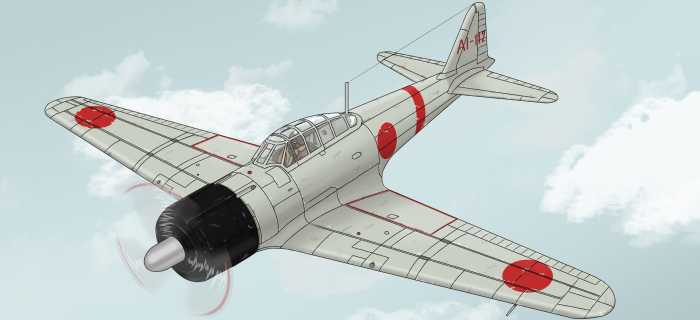
The movie Godzilla Minus One focuses on the story of a kamikaze pilot. Unwilling to find the end and complete his mission, he instead seeks out shelter and finds an island with a landing strip and a group of aeroplane mechanics. Immediately after the pilot lands, Godzilla attacks and the main character is exposed to Godzilla for the first time. The creature in many ways symbolises Japan coming to terms with the destruction it has created being on the receiving end rather than the executing end. The group of mechanics do not survive. The airfield on the island is destroyed.
The word kamikaze means in Japanese, the wind blowing with you. At the time, young men were trained and indoctrinated into the idea that their sole purpose in serving their Emperor was to find a target and fly into it. After the war, we see in the movie this sentiment on display. The neighbour of the kamikaze pilot accuses him of being a traitor. The pilot is left pondering what his purpose is now given that the war is over and he failed to do what he was trained to do. Japan still features museums dedicated to kamikaze pilots and the struggle the boys went through to come to terms with the fact that they were going to kill themselves to achieve their purpose.
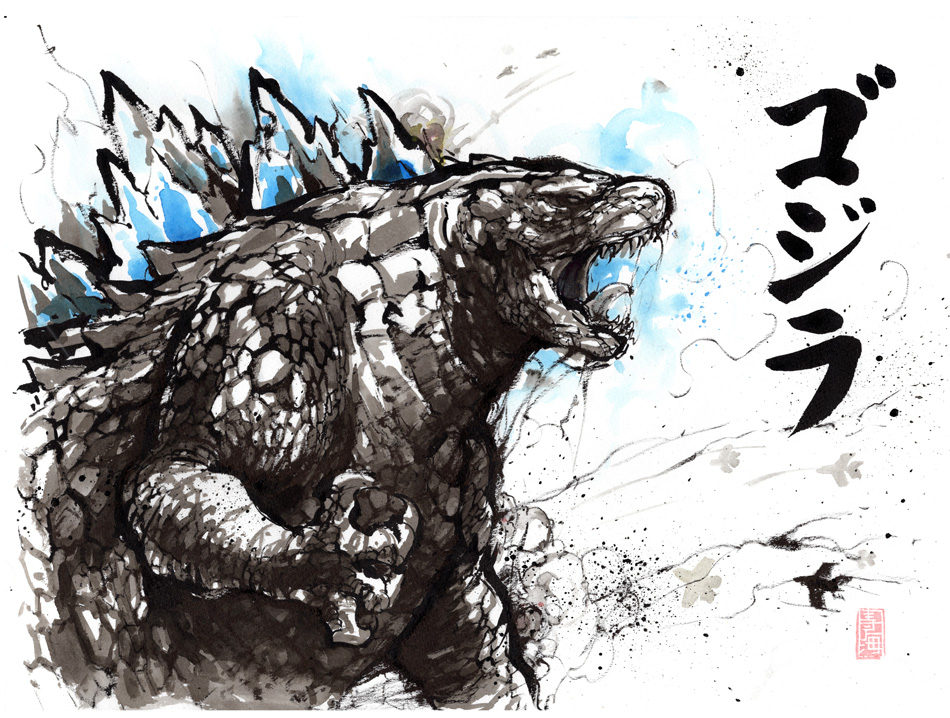
It is not until after Japan surrenders and the war has concluded that Godzilla attacks the city of Tokyo. The pilot finds himself with a young lady who has brought with her a young orphan. Japan begins to pick itself up and repair itself after the bombing of the country only to find itself dealing with Godzilla. With the military unable to deal with Godzilla, and the United States unwilling to come to Japan’s aid, the young pilot finds his purpose in attacking Godzilla with a plane concluding the movie. While the story focuses on a character whose past makes him seem more in line to be the villain, instead he finds a way forward for himself completing his purpose without killing himself.
The story, I think, tells us some things about Japan and holds several lessons about Japan’s war history. It highlights how we can serve a purpose without fighting in death and how we can do this without being an instrument of a war crazy state. The pilot finds a way forward as a father and as a more human character than what we see at the start. He now has people to take care of and a reason to stay alive beyond killing himself and others with his training as a kamikaze pilot. The transition of this character from war to peace in a way symbolises the journey Japan went through after the war.
Reflecting on Relations with World
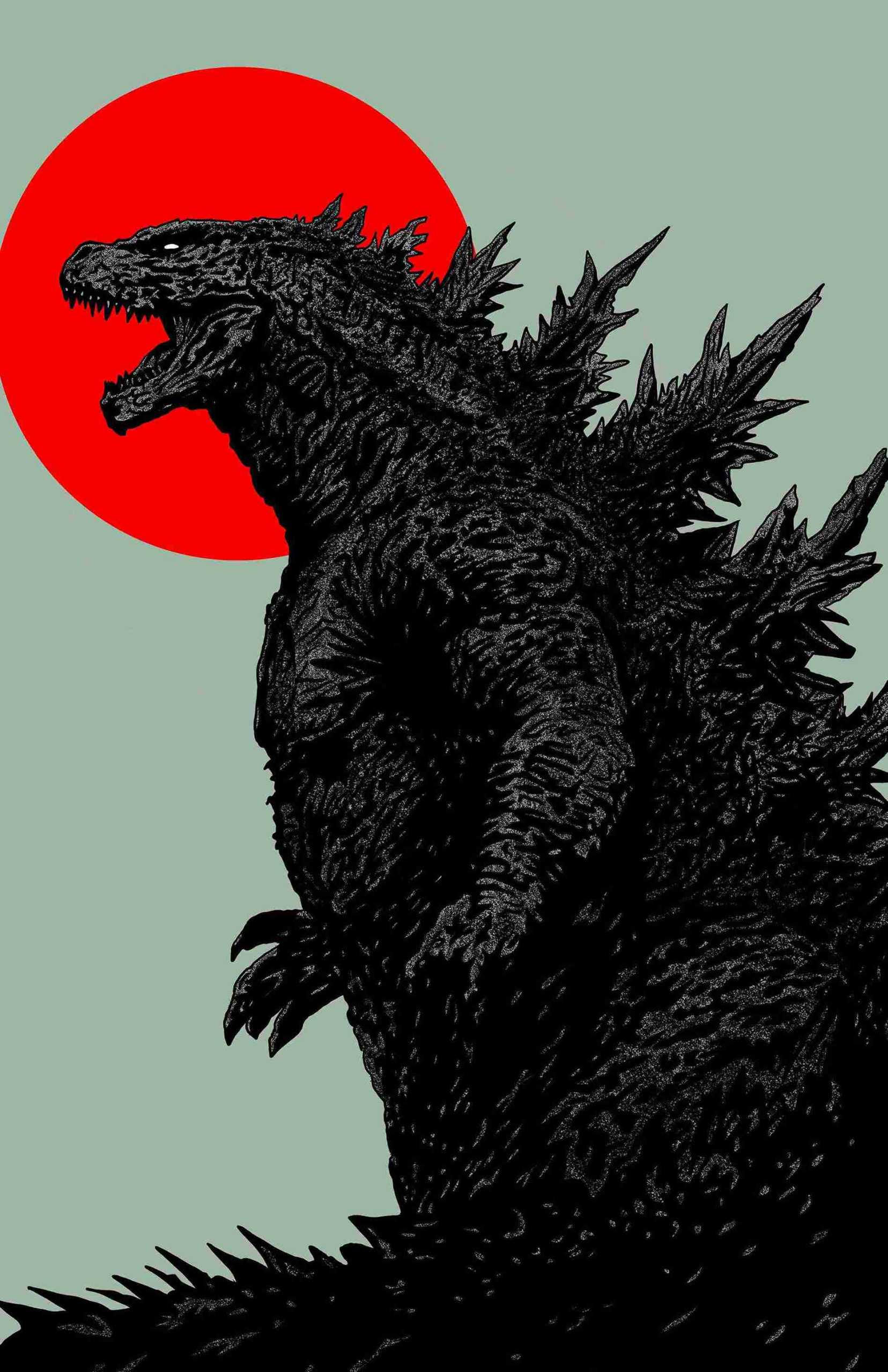
Godzilla Minus One is set in a very difficult time for Japan. Japan’s path to where it was now came with many twists and turns during this period. In 1960 for instance, a political debate about Japan’s relationship with the United States ended with the killing of the leader of the Social Party of Japan on national television. In the lead up to the incident Asanuma, the leader of the Japanese Socialist Party, had visited China and advocated publicly that the United States was “the shared enemy of China and Japan”. Mass protests occurred when he arrived back in Japan, with public opinion strongly against any revision of the treaty Japan had established with the United States after the end of World War Two.
However, Shin Godzilla and Godzilla Minus One both paint interesting pictures of Japan’s relationship with the United States. In Godzilla Minus One the United States does not come to the aid of Japan when Godzilla is spotted off the coast and begins to attack naval vessels. According to the movie, Japan is on its own when it comes to dealing with Godzilla. This gives us an interesting window into an alternative past where Japan is forced to reflect on its relations with the rest of the world. The movie does not dwell too much on the fact that the United States is not coming to Japan’s aid. But it is interesting to consider that the strong sentiment against revising Japan’s treaty with the United States may not have existed in this alternative world. Would Japan and the United States remain strong allies?
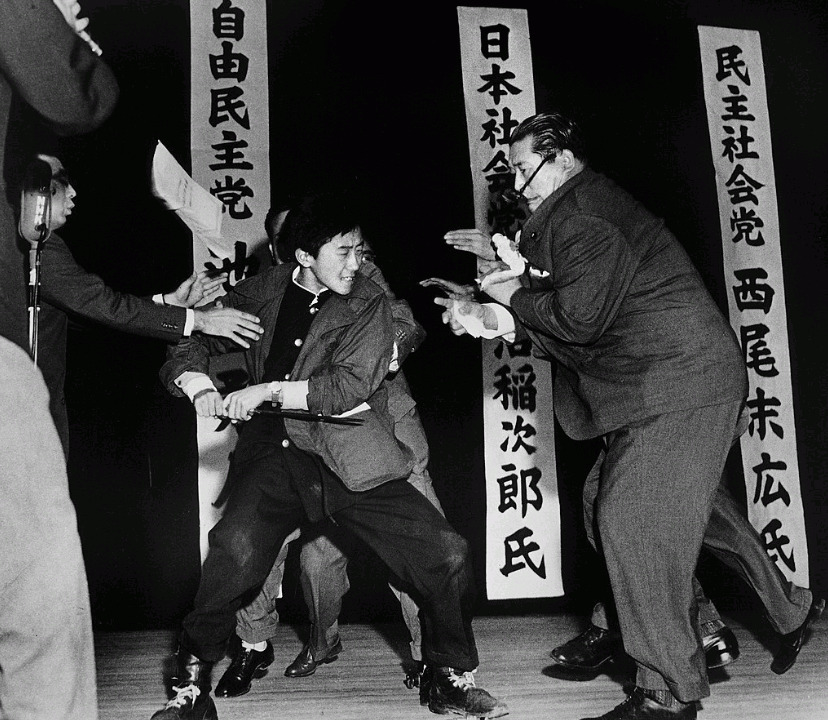
The photo above of the Socialist Leader of Japan being stabbed by an extreme nationalist is iconic and shows the strong feelings at the time against going back to a time when Japan and the United States were enemies. It shows the public coming to terms with the harm that had been caused by the events of World War Two and a strong reluctance to move back to that in any way, shape or form. More recently Japan’s Constitution was revised to entail Japan’s Self Defence Forces can be used without Japan being attacked. In Godzilla Minus One former members of the military are forced to take up the role of defending Japan against Godzilla and quickly put back in place naval ships able to fight Godzilla. A number of characters voice reservations about doing this. Things have changed since then.

In 2010, Japan had a diplomatic incident with China. A Chinese fishing boat was caught ramming Japanese coast guard vessels resulting in the arrest and temporary detention of the captain of the Chinese vessel. China responded by cancelled official meetings with Japan and held back exports of certain needed material from Japan. In the end, Japan relented and the captain of the fishing boat when home. China asserted its claim of the Senkaku islands in response to the incident and Japan was concerned to the point of looking to the United States for help.
The events of Shin Godzilla mirror this looming concern for Japan that the United States may not come to their aid. The United States being lost at sea diplomatically during the Trump Presidency only reinforced this concern that the United States may not have Japan’s interests at heart. In Shin Godzilla, officials in Japan and an American diplomat of Japanese decent express frustration at how the United States navigates Godzilla attacking Japan. The United States aligns itself with other nations that advocate for a harsh method of dealing with Godzilla that has grave consequences for Japan. Each time Japan finds itself in trouble it is forced to ask the United States to renew its vows and suffer if the United States decides to go its own way. This is vividly apparent in Shin Godzilla.
Moving Forward with a Difficult Past
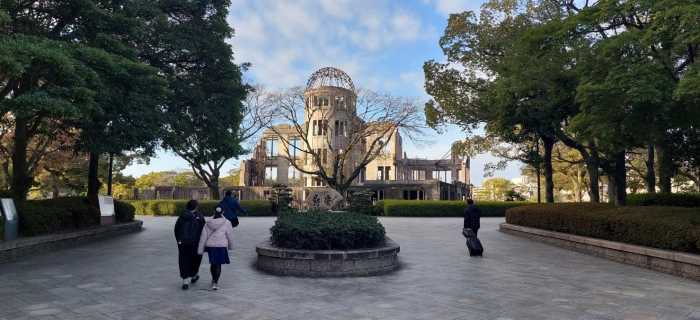
On August 6th 1945 the city of Hiroshima was the site of an atomic attack. The event created an immense amount of suffering for the occupants of the city and the scars of that event live on in the reminder of what these kinds of weapons do when they are used. When Godzilla attacks in Shin Godzilla we see frustration from officials and diplomats of Japanese background because the world decides that the best way to kill Godzilla is by nuking Tokyo. During the movie the American diplomat responds in shock when notified of what the plans are. Godzilla poses a real threat but dropping a third weapon like this on Japan seems a step too far. The audience is reminded of this with a brief flash back to photographs taken immediately after the bombing of Hiroshima took place.
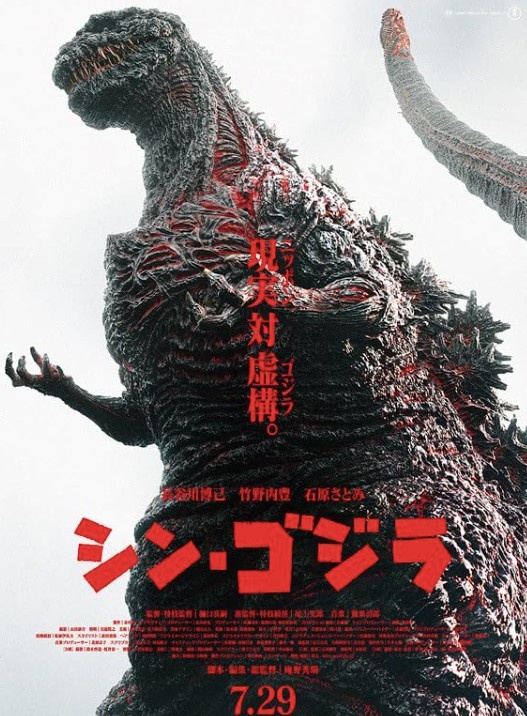
The movie comes to a crossroads at this point and the government officials have to find some sort of way forward otherwise watch Tokyo be bombed. Initially, the Japanese military struggled with dealing with Godzilla. A scene shows tanks and military drones attempting to kill Godzilla. Godzilla remains very much alive and continues destroying Tokyo. While Tokyo is evacuated and the city begins to empty out the government devices a plan to freeze the creature using a special method policy workers in the government have come up with. The plan is a success.
While part of the movie is about Japan’s relationship with the rest of the world, part of the movie is also about Japan moving forward. Rather than being under the United States and having history repeat itself Japan is able to make decisions for itself that mean that Tokyo does not have to be bombed with a nuclear device. The movie perhaps represents a growing sense in Japan that Japan can of course be trusted to find its own path and do what is right. History doesn’t always have to repeat itself and Japan does not have to live with the solutions dictated to it like it did immediately after World War Two. Japan can find peace and do that its own way.
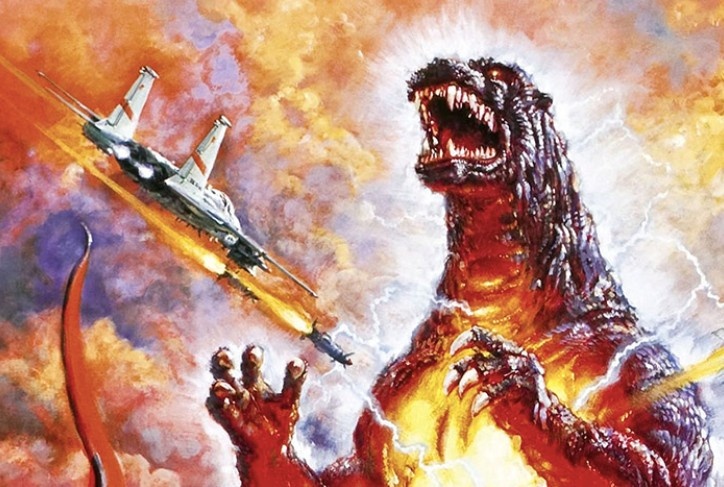
Japan’s Self Defence Force ends up being on full display for audiences during the movie. Military commanders play a key role in what happens in the film as well as elected members of the government. In a way, the story represents a want for Japan to have a more functional government. Recently Japan has had a history of Prime Ministers resigning and even strong Prime Ministers like Shinzo Abe having broken elected terms with other leaders filling the gaps. The memory of a Prime Minister like Abe is still conflicted in Japan as his leadership was so important and yet his role was for some too influential. Shinzo Abe was shot at a politically rally and killed on the 8th of July 2022. Abe is still widely discussed in Japan.
Is Godzilla Japan’s Alter Ego?
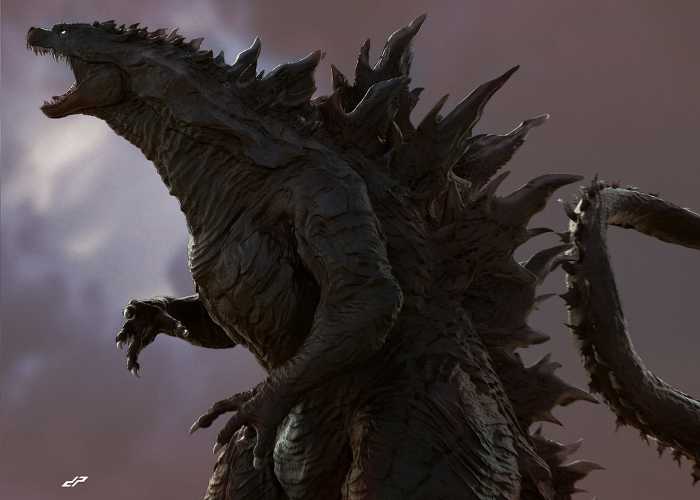
In the recent Godzilla vs. Kong movie and other American-made Godzilla movies, we see Godzilla turn ultimately to be a character striving to do good. In the 2014 version of Godzilla, we see the characters discover that Godzilla is a monster fighter who hunts down creatures that threaten humanity. In the end Godzilla turns out to be the good guy. But compared with the Japanese Godzilla films, Godzilla is always seen as a monster and not an ally. In 1954, when Godzilla made his debut on the big screen, the movie showed a creature threatening a remote island. Godzilla comes off as a post-war remnant of something horrible left over from nuclear testing and war events in the Indo-Pacific region. Godzilla is no friend to Japan.
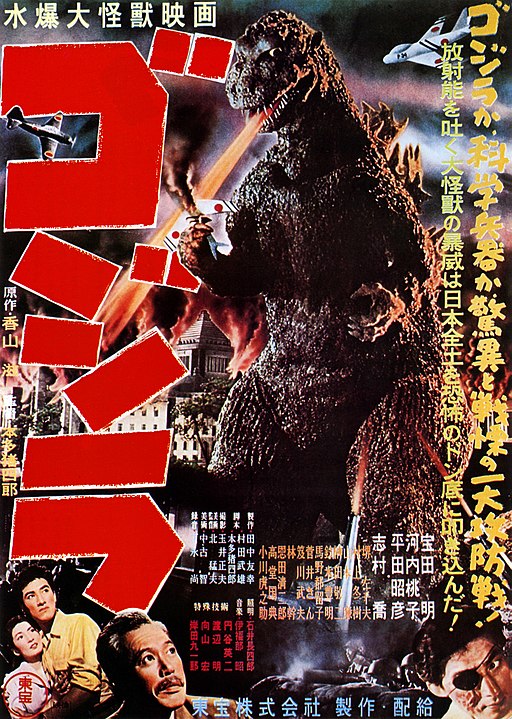
An alter ego is an alternative ego, a change in personality to an opposite. Sometimes it is considered a twin. Sometimes it comes out when you least expect it. Godzilla is said to have his origins from nuclear testing. The 1954 Godzilla clearly originated out of being disturbed by an underwater hydrogen bomb test. Scientists in the movie are curious to how Godzilla is resistant to radiation and whether this is linked to Godzilla’s mysterious origins. Japans suspicions of nuclear tests are made apparent with how the writer plays on nuclear testing near Japan as the origin of the monster.
Compared the Japanese Godzilla with the American-made 1997 Godzilla says something about how Japan and the United States see things. It is a little strange the Godzilla makes his way to New York City given that it is on the side furthest from the Pacific Ocean where nuclear tests are claimed to have made the creature. Bad geography on the part of the American writers. There is also a strong sense from the 1997 Godzilla that the creature is looking for somewhere to give birth. The Japanese Godzilla in contrast is attacking Japan for less obvious reasons. Godzilla is not looking for a home or a place to give birth in Shin Godzilla and Godzilla Minus One. Godzilla is angry and that is really all that we know about him.
Godzilla’s origins after World War Two and his relationship to violence and destruction embody in a way what Japan was like during World War Two. A monster. A monster that is unwilling to relent. A monster that will destroy everything in its path. It is hard to have that image in ones mind now, as Japan is a very different place to how it was when it invaded its neighbours and bombed Pearl Harbour. Americans see Godzilla as aligned with their ego, and assume the power that Godzilla has comes with features that make him a moral monster. But for Japan, with its complicated history, a monster like Godzilla represents an adversary as he is like an alternative self that needs to be fought and needs to be destroyed. Japan’s recent films involving Godzilla do not have him turning out to be good. Japan has learned something from its past to mean Godzilla will always be foe.
What do you think? Leave a comment.
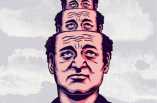







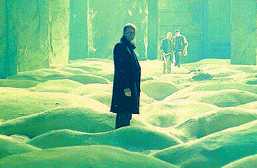


Great article! Very thought provoking, and a pleasure to edit! It’s great to see it live on the site, and it’s a fantastic read! Great work, thank you!
Shin Godzilla and Godzilla -1 is a class of their own.
Usually people try to make things black and white but Godzilla originally is not good nor bad, it more like a force of nature that create by the sin of mankind. In my take at least.
I don’t know about you, but I think this film really nails similar themes of 50s and early 60s Japanese cinema: The theme of finding purpose in a world of suffering. The theme of Should I keep on living or die? I think it fits right in with the likes of Ikiru and Sansho the Bailiff. It feels like the culmination of that time period.
Godzilla: Minus One is not like other movies I’ve seen in recent years. For the first time in ages I saw a movie that makes me immediately want to go back and watch it again. The last two times I felt like this was for “Interstellar” and “Edge of Tomorrow”. Both movies have complex plots because time itself is treated as a character. In all of these movies we watch the characters struggling to survive in a desperate attempt to save the world.
I do like the Kaiju movies, but part of the pleasure is being able to wander off from time to time without feeling the need to hit the pause button.
Shin was an enjoyable movie, if a bit flat on its human characters. But hey its a Godzilla movie first and foremost…and what a truly terrifying vision of the big G this time around.
I think this film does the best job of any of the “remakes” or reboots of Godzilla in terms of updating the anxieties of the original to the present day. The original movie has this great sense of uncertainty as the seas catch fire and some strange primordial force erupts against them. In Shin Godzilla the filmmakers draw on parallels to the Fukushima disaster by creating a menace that’s constantly changing and adapting, faster than they can react to it, exposing the weaknesses in their structures as a result.
The bathetic appearance of the “larva” Godzilla is, I think, deliberate- there’s a real strain in Japanese horror of things that are so incongruous as to be almost goofy, but the fact that they stand out so awkwardly is part of what’s terrifying. The 1977 classic House is a great embodiment of this, manga creator Junji Ito traffics in it a lot too. (Most recently Attack on Titan aims for that too, with all the giants having these big-eyed grinning faces, smiling as they devour you.)
Yeah the “American” ambassador stands out quite a bit, but beyond that I think it’s a legitimately great film.
What struck me about Godzilla is how everyone was shown working together as a collective to overcome Godzilla.
Please correct me if I’m wrong, but wasn’t the concept of Godzilla rooted in the fear of t he dropping of the US nuclear bombs on Japan?
I was horrified when I spoke to my dental hygienist (yes it was a difficult conversation!) and realised she, as an educated 30-something woman, was not aware 2 nuclear bombs have already been dropped, with on -going consequences for everyone then alive, and born since
Worse though is those that think such crimes were justified.
Not accepting blame is a worldwide political problem, not just in Japan.
Yes. It’s clear the West doesn’t educate young people that nuclear weapons have already loaded our bodies with radiation since the dropping of the nuclear bombs in Japan, on the cities of Hiroshima and Nagosaki. It is an unpunished war crime, in my opinion.
The radiation from the Hiroshima and Nagasaki bombs, all the nuclear weapons tests since, and every nuclear power accident ever is frankly minuscule compared to radiation from natural sources, smaller by a factor of hundreds. (And no, it’s not special super-damaging radiation because the isotopes are different.)
Of course Hiroshima, Nagasaki, Chernobyl, Fukushima, Bikini, the Polygon, etc. were very dangerous places to be after the initial releases of radiation but they are mostly safe now. Even Fukushima is safe up to very close to the site.
If radiation really bothers you, don’t go to Cornwall, don’t go on aeroplanes and don’t eat bananas. OK?
I saw Shin Godzilla last week and the film had an rather odd tint of nationalism that had me thinking about the movie for days afterwards. It’s not the first time such themes have appeared in a Godzilla movie – 1991’s Godzilla vs King Ghidorah had some off colour anti-American and indeed western references (WW2 US troops get wiped out by Godzillasaurus, villains are time-travelling westerners looking to subjugate Japan).
Shin Gojira is certainly an interesting film – perhaps more of an overt satire than King Kong vs Godzilla and Godzilla vs Hedorah were. Visually it is at times stunning and nightmarish, and though some long term fanboys may baulk at the new origin story and Godzilla design, it does at least show the franchise is willing to push in new directions even if it stumble.
Godzilla vs Hedorah should be shown in schools.
A streak of anti-Western sentiment runs through a lot of Anno’s work. It’s one of the central themes of Evangelion and even his early work, Gunbuster very deliberately references a Japanese naval battle against the US in it’s finale.
How marvellous to be able to analyse a nation’s history from a monster film!
The first movie was a barely contained take on Hiroshima and Nagasaki, but clearly without ever once mentioning the War or the US.
Yea, I was very surprised to see the amount of meddling in foreign affairs by the US in Shin Godzilla – and how this was outwardly discussed by the Japanese politicians. Seeing (almost entirely) only the Japanese side of the negotiations and then demands by the US military in how to deal with Godzilla was one of the most interesting aspects of the film to me.
When the US bombers injure Godzilla, he retaliates with his Atomic Breath in one of the most awesome displays of power in a Kaiju film I’ve seen. Brilliant scene, built upon by an excellent score.
Great movies, seen many at the cinema, got dvds already, okay my son is the reason, he loves the big guy.
How can you beat a Godzilla that shoots lakers out of it’s mouth? Bryan Cranston was the only decent part of our American version.
Atomic breath was always in the original incarnation.
People have weirdly selective memories.
Interesting re the critique about Japan.
I loved Shin Godzilla. My understanding of Japanese culture is pretty limited, just history books (mainly from western point of view or written anyway by westerners), cinema and anime. My impression has always been that tru Japanese culture runs a strong streak of fatalism, of destiny already written that must be endured and, by doing one’s duty, realised in the scripted way. Given possibly by the very nature of that land (quakes, typhoons, tsunamis etc). Isn’t selfvictimisation part of that background in which one’s life is always at the mercy of outside, unstoppable factors? In this contest the mongolian attempted invasion and the USA are seen in that optic, and so is the fukyshima, the Bomb and all other events and happenings.
That’s a reasonable interpretation. Like much of our own popular culture, Japanese modern art (in all its forms) is consumed by the tension between the radical and the conservative – the difference is that Japanese art is not convinced the conservative is automatically to be rejected.
You right there, I never thought of that. Often in anime the antagonist is, when the chips are down, the progressive dynamic, the positive force, while the protagonist, even tho might look like the “good” is often the resistance to change. Maybe even tetsuo can be read this way.
And then there is the terrifying giant French diacritic lizard monster Cedilla.
Wasn’t Godzilla (or Gojira if you want to be a purist) just symbolic of nuclear weapons?
Another reading of Godzilla 1954, of course, would be that he’s a metaphor for Japan’s own criminality and militarism, that nearly destroyed it a decade before. Japan’s own focusing on the suffering it endured during the war, of course, allows it to ignore this inconvenient truth. Maybe G-Unit is the force of repressed guilt, as well as a walking nuclear metaphor. Compare and contrast to the mewling excuse-making and self-pity of films like ‘Tombs for Fireflies’ and its even dodgier TV movie spin-off. Japan bullshits over its past in a way that would make an American blush.
It’s worth noting that the scientist who saves the day sacrifices himself in the process, ensuring the secrets of his super-weapon dies with him. This can be seen as a commentary on nukes, but also Japan’s own dark side. After all, he can’t trust his own countrymen either.
In later films, Godzilla did a face turn, to use a pro-wrestling phrase, and became a hero, defending Japan, rather than threatening it. Might it not be said, therefore, that Godzilla is the Japanese conscience made flesh?
Japan is not ashamed of its past; the closest summary is “bad things happened to everybody, look at Horoshima”. It denies the past in a way that Germany never does. As one example, it still denies responsibility for what happened to the comfort women of China and Korea.
I saw shin godzilla last week and the film had an rather odd tint of nationalism that had me thinking about the movie for days afterwards. It’s not the first time such themes have appeared in a Godzilla movie – 1991’s Godzilla vs King Ghidorah had some off colour anti-American and indeed western references (WW2 US troops get wiped out by Godzillasaurus, villains are time-travelling westerners looking to subjugate Japan).
Shin Gojira is certainly an interesting film – perhaps more of an overt satire than King Kong vs Godzilla and Godzilla vs Hedorah were. Visually it is at times stunning and nightmarish, and though some long term fanboys may baulk at the new origin story and Godzilla design, it does at least show the franchise is willing to push in new directions even if it stumble.
I’m looking forward to watching this new one as I had a lot of the old godzilla movies on vhs growing up.
I’m a 53 year old Godzilla fan, I’ve seen them all,as well as pretty much every giant monster movie ever made,and godzilla shin is right near the top of them all. There is a tremendous amount of Japanese bureaucracy,which takes up most of the running time, which is unfortunate, but the scenes with the evolving Godzilla are worth the wait, it even looks kinda creepy and goofy, in the way real weird deep sea animals look, but when he is on the move,watch out. There is a scene when the Americans start bombing, that is so jaw dropping, so apocalyptic, so fucking amazing, that it’s worth watching or buying for that scene alone, possibly the greatest giant monster rage out in movie history. For those few minutes, I was a little kid again,watching King Kong vs Godzilla on TV in the early 70’s. Wow.
Bring back Mothra!! He was the least scary monster of all time–made the Killer Tomatoes seem terrifying.
Mothra has a killer theme tune!
Minus One is a blast. It was fantastic and so refreshing to see a new film that had all the great aspects of early American cinema when films were an art form.
In the West I think we underappreciate the impact and significance of Godzilla to Japanese culture. This film in my opinion was a cinematic expression of Japan finally coming to peace with the war.
The drive home after the theater and constantly thinking about it after made me love the movie even more.
Minus One is actually the first Godzilla movie I’ve ever seen, and I saw it on a whim with a friend that had seen a load of them. And MAN I absolutely loved it!!!! I’m going back and watching some of the older ones too.
Great movie. Teared up a few times. Thought it couldn’t get any sadder and then it did.
Best movie i’ve seen in a long time. It deserves all the flowers.
Always loved these movies.
I recently came across Gamera which sent me down a rabbit hole of the rich kaiju lore that Japan has developed.
While the much-reviled Monsterverse and Pacific Rim series were all about headache-inducing visual spectacles, it is the insidious, palpable dread and intimate insight into human relations that sets Godzilla Minus One apart.
Fascinating, very well written article!